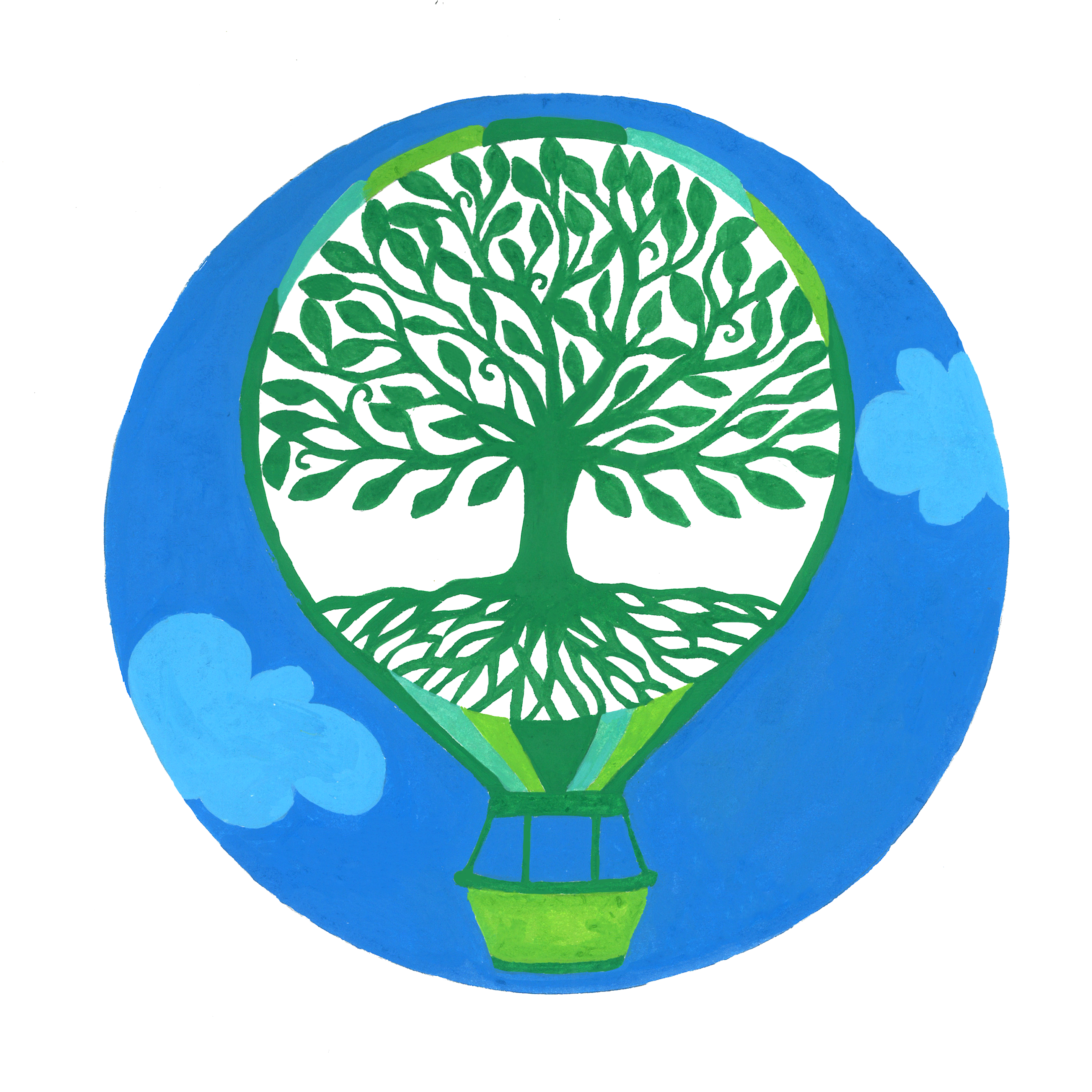Posts from August 2022
Spectropolarimetry of life
Leiden, the Netherlands
Measuring life from a hot air balloon
At the moment, I am in the United States and I have just presented my very first talk at the SPIE conference. How exciting, spending 20 minutes to tell people whom you have never seen before about the work you have been doing. In this blog, I will briefly explain what I presented.
Many astronomers spend a lot of time looking at the light coming from stars. We can separate the light from our Sun, the closest star, into its own light spectrum. The Sun emits ultraviolet, visible and infrared light. Because of this visible light we are able to see all the colours of the rainbow.
In an earlier blog I mentioned that sunlight ensures that we have oxygen (photosynthesis) and ozone (reaction of sunlight with oxygen molecules) in the atmosphere on Earth. We can recognise these tiny molecules when we look at the colourful solar spectrum on Earth. The molecules absorb specific parts of the light, creating thin black lines in the spectrum.
When sunlight has traveled through the atmosphere and hits the Earth's surface, some of the light is reflected back towards space. Using satellites, we can find out some of the properties of the surface by measuring this reflected light.
More specifically, we actually can determine whether the surface has any plants growing on it or not. Now you may think, that's not so difficult because most plants are green. Therefore I should be able to recognise vegetation by eye as well. Well, the reason that we can identify plants had certainly something to do with the plants being 'green'. More precisely, it has to do with the fact that chlorophyll molecules are responsible for plants being green. Chlorophyll molecules absorb the blue (485 nm) and red (700 nm) parts of sunlight and reflect the green (550 nm) part. This is why most plants have a green colour. After a strong absorption in the red part of the spectrum, we see a very sharp reflection on the molecules in the infrared (765 nm). This is what we call the "vegetation red edge". By looking at the ratio between the reflections of red and infra red light, we can determine whether a satellite was looking at actual living plants.
In May, I spent some time in Switzerland carrying out some fieldwork! We wanted to see whether we were capable of observing life(!) on Earth with our own instruments. A few hours before sunset, we drove up to the Freiburg region where we took off in a hot-air balloon in the middle of a meadow. This was so awesome! The basket of the balloon was so big that the instrument together with 5 extra passengers could fly. During the inflation of the balloon, additional people had to step into the basket to prevent the balloon from taking off with our instrument already on board.
Within 15 minutes the balloon was inflated, and off we went. Within a fraction of a minute, the leaves on the trees were already too small to be recognised. There was no time to appreciate the view, as we were very busy taking measurements! Our spectropolarimeter pointed to the earth's surface and recorded the reflection of sunlight on all sorts of different surfaces. With these measurements, we could eventually determine whether or not there was life on Earth. And guess what! We did find life! In October, we will travel once again to look for even stronger signs of life. I will keep you posted!
August 25, 2022

